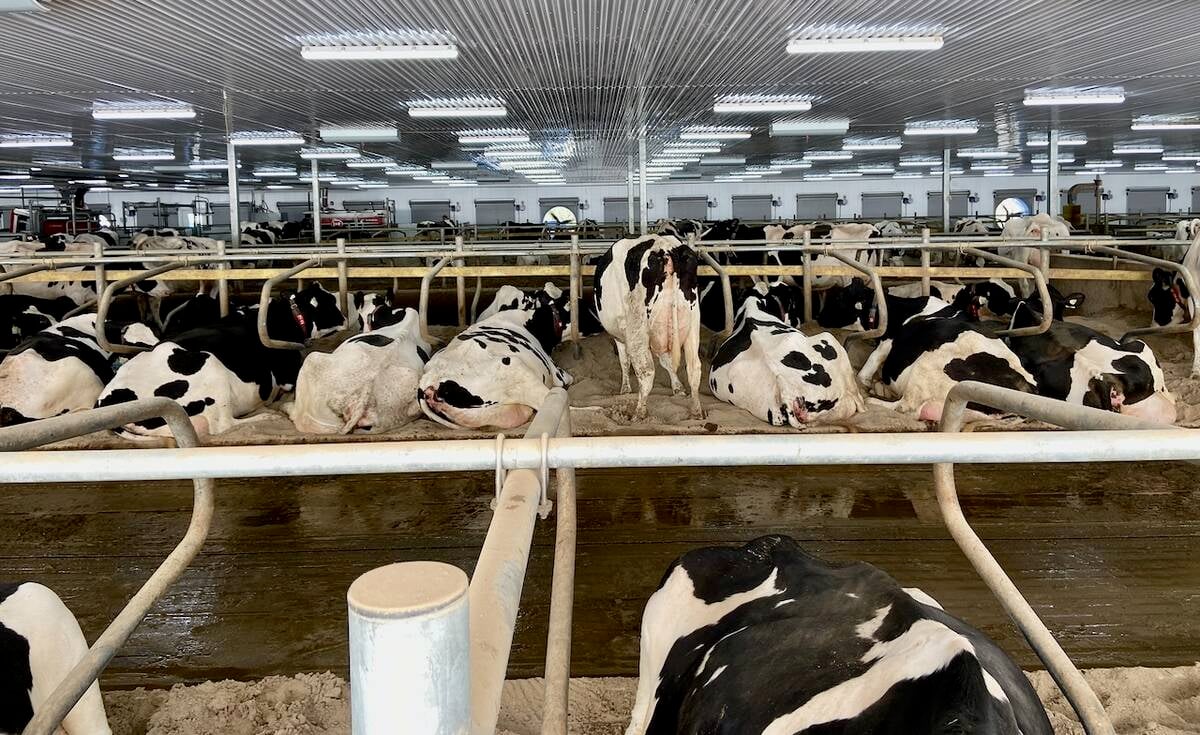Russia has allowed beef imports from Cargill’s plant in Guelph, Ontario, as the world’s No. 2 beef importer gradually lifts restrictions it has had in place on Canadian plants since a 2003 discovery of BSE, or mad cow disease in Western Canada.
Access to Russia will mean an additional $2 million in annual sales for Cargill, said Matt Gibney, general manager of Cargill’s Ontario plant.
Cargill already sends beef to Russia from its High River, Alberta plant, but gaining immediate access for the Ontario plant provides a new market for eastern Canadian beef, Cargill said.
Read Also

Lactanet moves to monthly on dairy genetic reports
Lactanet is now publishing monthly dairy genetic evaluations, giving dairy farmers more up-to-date data to make breeding decisions.
Canada is the world’s third-largest beef exporter.
Gaining access took a recent visit to Russia by Agriculture Minister Gerry Ritz, and Canada has posted staff in Russia from the Canadian Food Inspection Agency to ease trade issues.
Livestock Price Hikes Firm
U.S. cattle and hog futures are expected to hold firm at record highs this year, a Reuters poll of industry analysts showed, setting the stage for higher meat prices and stoking food inflation that has vexed policy-makers.
More price inflation is likely as producers pass along higher costs to consumers. Tyson Foods reported an 86 per cent surge in its quarterly net profit due to higher prices for the beef and pork it sells.
“There’s more yet to come. It’s happening as we speak in some proteins and it will continue to happen for the foreseeable future,” Tyson Foods CEO Donnie Smith said on Feb. 4 of higher consumer meat prices.
The smallest U.S. cattle herd in 53 years and the smallest hog herd in four years were behind the forecasts.














